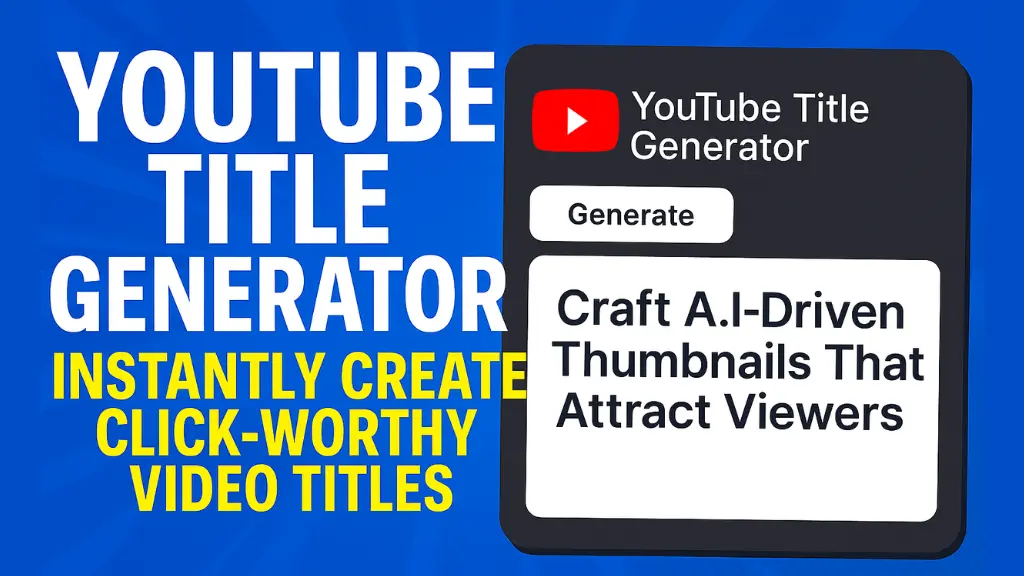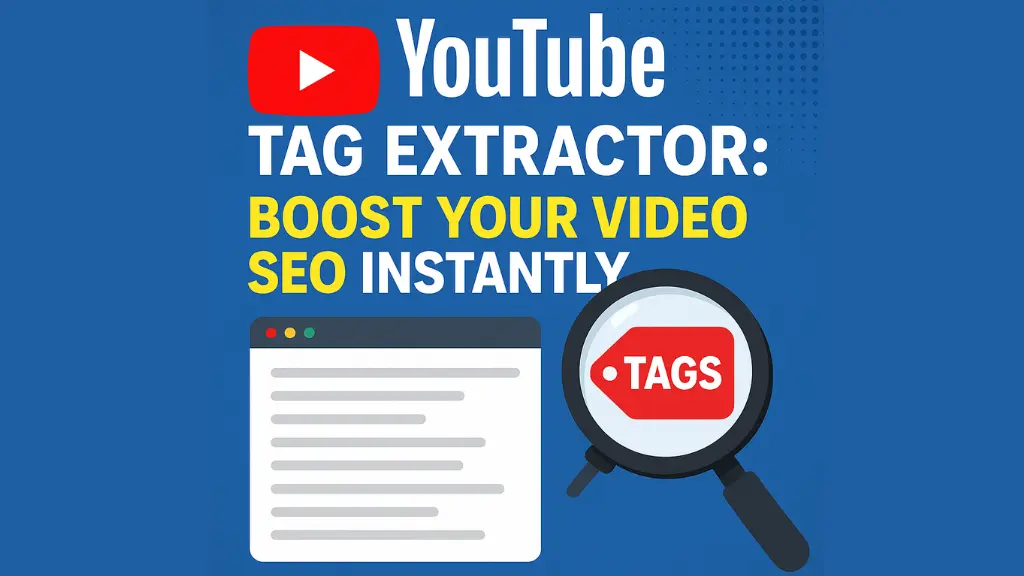
PNG to WebP
A PNG to WebP tool is a software utility or online service designed to convert images from the PNG (Portable Network Graphics) format to the WebP format.
A PNG to WebP tool is a software utility or online service designed to convert images from the PNG (Portable Network Graphics) format to the WebP format. This conversion is increasingly popular due to the advantages that the WebP format offers in terms of file size reduction and image quality retention. Below is an overview of such a tool, its benefits, and how it works:
What is a PNG to WebP Tool?
A PNG to WebP tool allows users to convert PNG images, which are widely used for their lossless compression and transparency support, into the WebP format. WebP is a modern image format developed by Google that provides superior compression efficiency compared to PNG and JPEG. It supports both lossy and lossless compression, as well as transparency and animation.
Key Features of a PNG to WebP Tool
-
Lossless and Lossy Compression:
-
Users can choose between lossless conversion (preserving all image data) or lossy compression (reducing file size further by sacrificing some quality).
-
-
Batch Conversion:
-
Many tools support converting multiple PNG files to WebP simultaneously, saving time for users with large collections of images.
-
-
Preservation of Transparency:
-
WebP supports alpha channels, so tools ensure that transparency in PNG files is retained during conversion.
-
-
Customizable Quality Settings:
-
Users can adjust the compression level to balance image quality and file size according to their needs.
-
-
Fast Processing:
-
Efficient algorithms ensure quick conversion, even for high-resolution images.
-
-
Cross-Platform Compatibility:
-
Many tools are available as web-based services, desktop applications, or command-line utilities, catering to different user preferences.
-
-
No Quality Loss (Optional):
-
In lossless mode, the tool ensures that the converted WebP image retains the same visual quality as the original PNG.
-
Benefits of Converting PNG to WebP
-
Smaller File Sizes:
-
WebP images are typically 25-35% smaller than PNGs, making them ideal for web use, where faster loading times are critical.
-
-
Improved Web Performance:
-
Smaller image sizes reduce bandwidth usage and improve page load speeds, enhancing user experience and SEO rankings.
-
-
Transparency and Animation Support:
-
WebP supports advanced features like transparency and animation, making it a versatile replacement for PNG and GIF formats.
-
-
Wide Browser Support:
-
WebP is supported by most modern browsers, including Chrome, Firefox, Edge, and Safari, making it a reliable choice for web developers.
-
How Does a PNG to WebP Tool Work?
-
Upload/Input:
-
The user uploads a PNG file (or multiple files) to the tool, either via a web interface or by selecting files in a desktop application.
-
-
Conversion Process:
-
The tool processes the PNG file using WebP encoding algorithms. Depending on the settings, it applies lossless or lossy compression.
-
-
Output:
-
The converted WebP file is generated and made available for download. Some tools also provide a preview of the converted image.
-
-
Optional Settings:
-
Users can often customize parameters like compression level, resolution, and metadata retention before conversion.
-
Popular PNG to WebP Tools
-
Online Tools:
-
Websites like CloudConvert, Convertio, and Online-Convert offer easy-to-use interfaces for converting PNG to WebP.
-
-
Desktop Software:
-
Tools like XnConvert, IrfanView, and GIMP support batch conversion and advanced settings.
-
-
Command-Line Tools:
-
Utilities like
cwebp(part of Google's WebP utilities) allow developers to automate conversions in scripts.
-
-
Browser Extensions:
-
Some browser extensions enable quick conversion of images directly from the web.
-
Use Cases for PNG to WebP Conversion
-
Web Development: Optimizing images for faster website loading.
-
App Development: Reducing app size by compressing assets.
-
Storage Optimization: Saving disk space by converting large PNG libraries to WebP.
-
Social Media: Preparing images for platforms that support WebP.
Conclusion
A PNG to WebP tool is an essential utility for anyone looking to optimize images for the web or reduce storage requirements. By leveraging the advanced compression capabilities of the WebP format, these tools help users achieve smaller file sizes without compromising on quality. Whether you're a web developer, designer, or casual user, converting PNG to WebP can significantly enhance efficiency and performance.

Nayan Dhumal
Blogger and Web Designer
Hey, I’m Nayan Dhumal—a passionate Blogger, Web Designer, and the founder of mysmallseotools.com, a dedicated SEO tools website. Over the past 5 years, I’ve immersed myself in the world of blogging, sharing insights on SEO, digital marketing, and strategies to make money online. My journey has been fueled by a love for creating valuable content and designing tools that empower others to succeed in the ever-evolving digital landscape.












